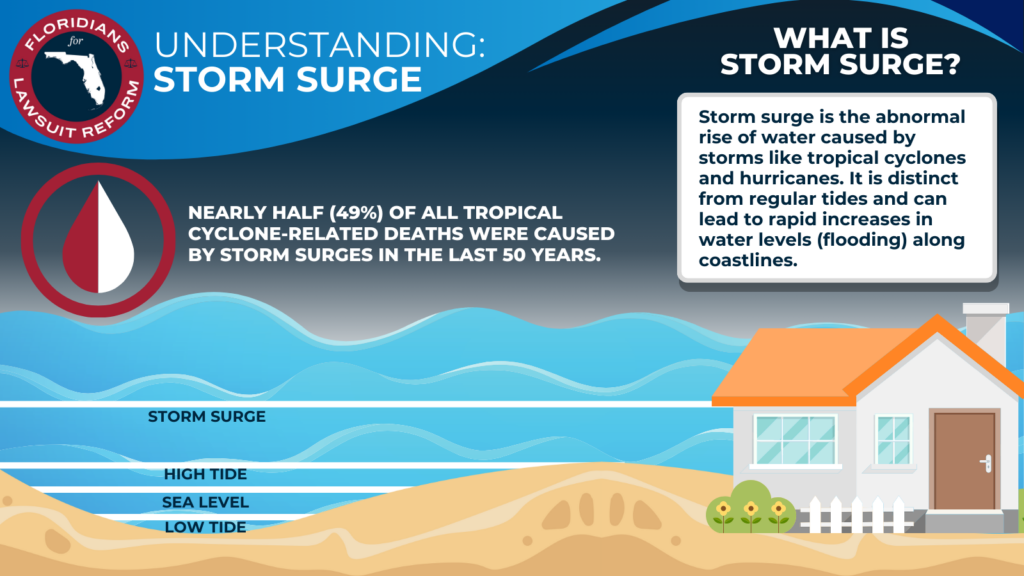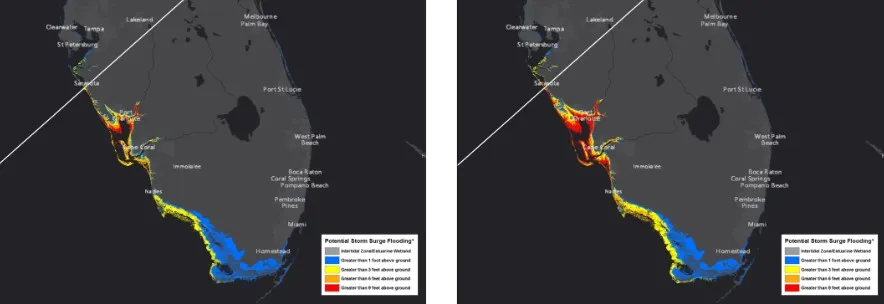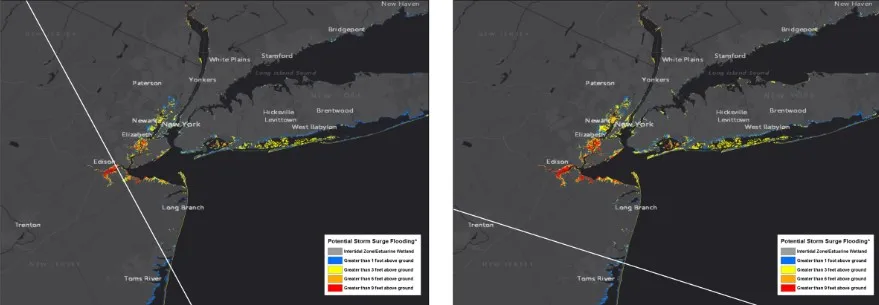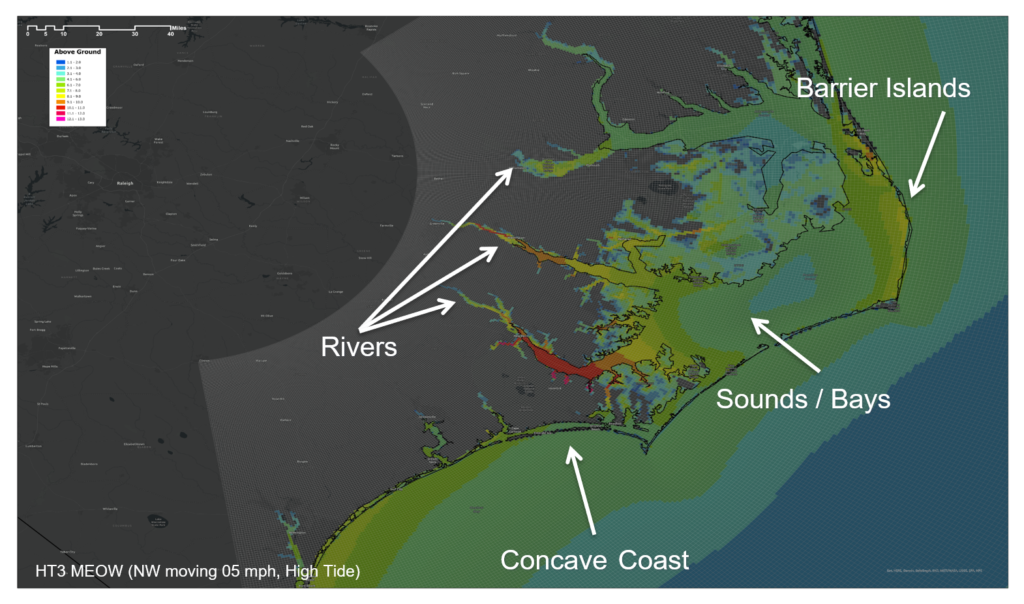
Posted: Aug 4, 2024 / 05:52 AM EDT
Updated: Aug 4, 2024 / 12:30 PM EDT
TAMPA, Fla. (WFLA) — As Florida anticipates the arrival of Tropical Storm Debby, which will likely strengthen into a hurricane before reaching landfall Monday morning, the National Hurricane Center is issuing lots of warnings, including storm surge.
But what does storm surge mean?
According to the NHC, storm surge is abnormal rising water, generated from storms, that move inland from the shoreline. The water is pushed inwards by winds and can cause extreme flooding in coastal areas.
Storm surge is often the greatest threat to life and your property, as flooding accounts for nearly half of deaths associated with tropical cyclones over the past 50 years, the NHC reported.
Storm Surge Warning
A warning indicated that there is dangerous, life-threatening inundation from rising waters, usually within 36 hours.
Storm Surge Watch
A watch indicates a possibility of life-threatening inundation, usually within 48 hours.
These watches and warnings take into account the flooding, normal astronomical tides, land elevation, and uncertainties in the storm’s track, intensity, landfall locations, forward speed, and size. Wave action and freshwater flooding from rain are not taken into account.
Factors impacting storm surge
The NHC said storm surge is sensitive to the slightest changes and can be impacted by several factors.
Storm intensity- Higher wind speeds = Higher storm surge

Forward speed- Faster storm = Higher surge at coastline, Slower storm = Surge goes further inland

Size- Larger storm = Higher surge
Angle of Approach- Perpendicular to coast = Higher storm surge, Parallel or oblique = lower storm surge

Width and Slope of Ocean Bottom- Wide, gentle slope = Higher storm surge, Narrow, steep slope = Lower storm surge

Shape of Coastline- Concave coastlines (curved inward) = Higher storm surge, Convex coastline (curved outward) = Lower storm surge

Watch Tracking the Tropics on Tuesdays at 12:30 p.m. ET/11:30 a.m. CT.
Be prepared with the 2024 Hurricane Guide and stay ahead of tropical development with the Tracking the Tropics newsletter.
